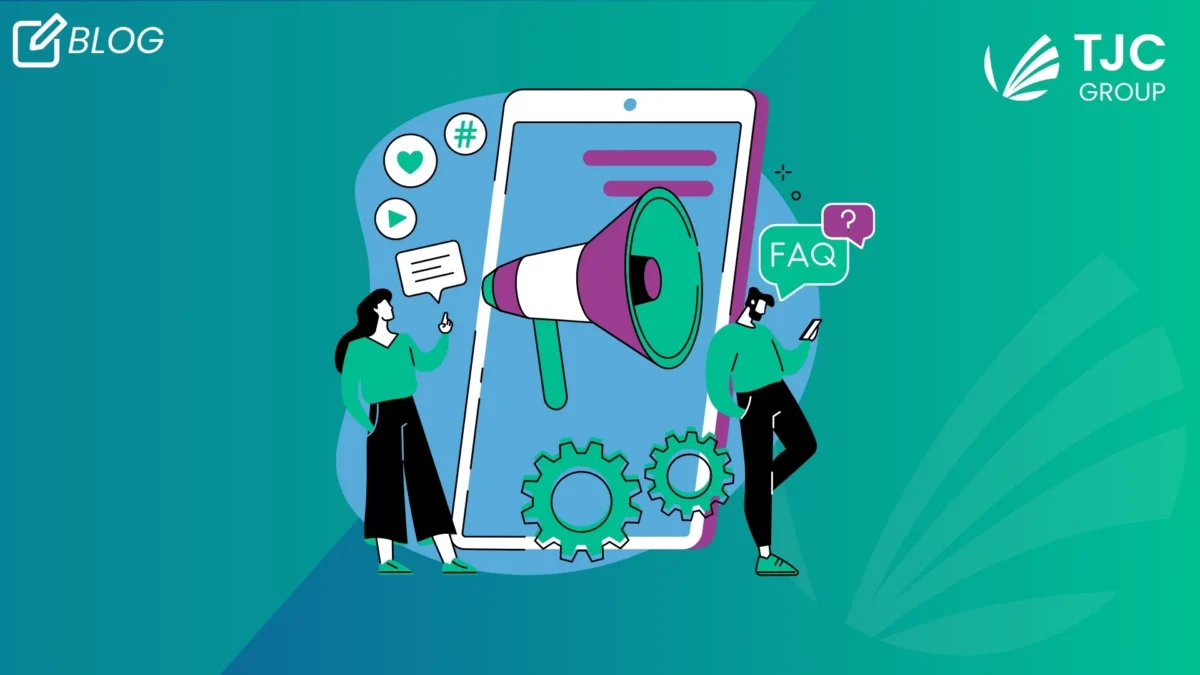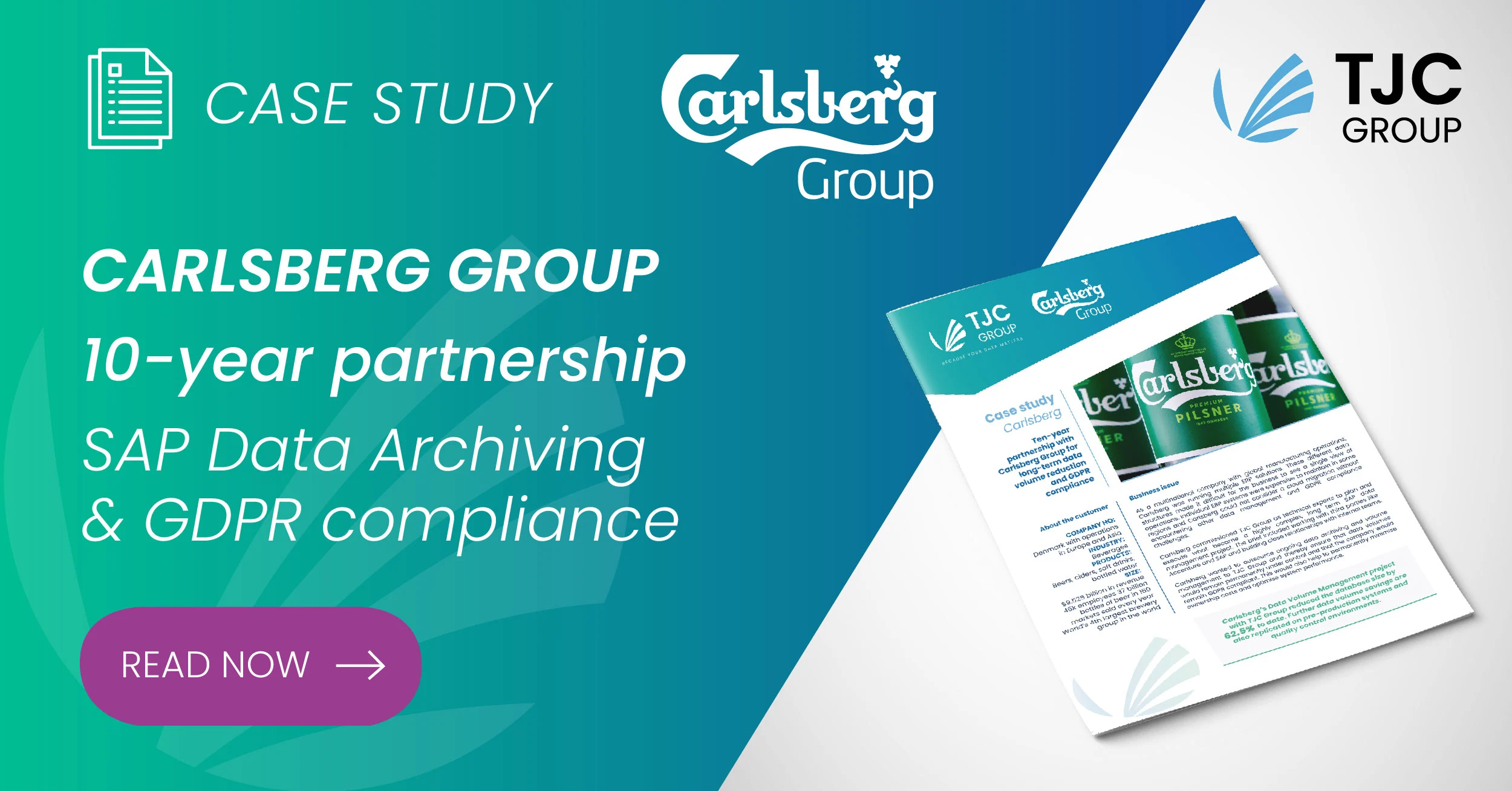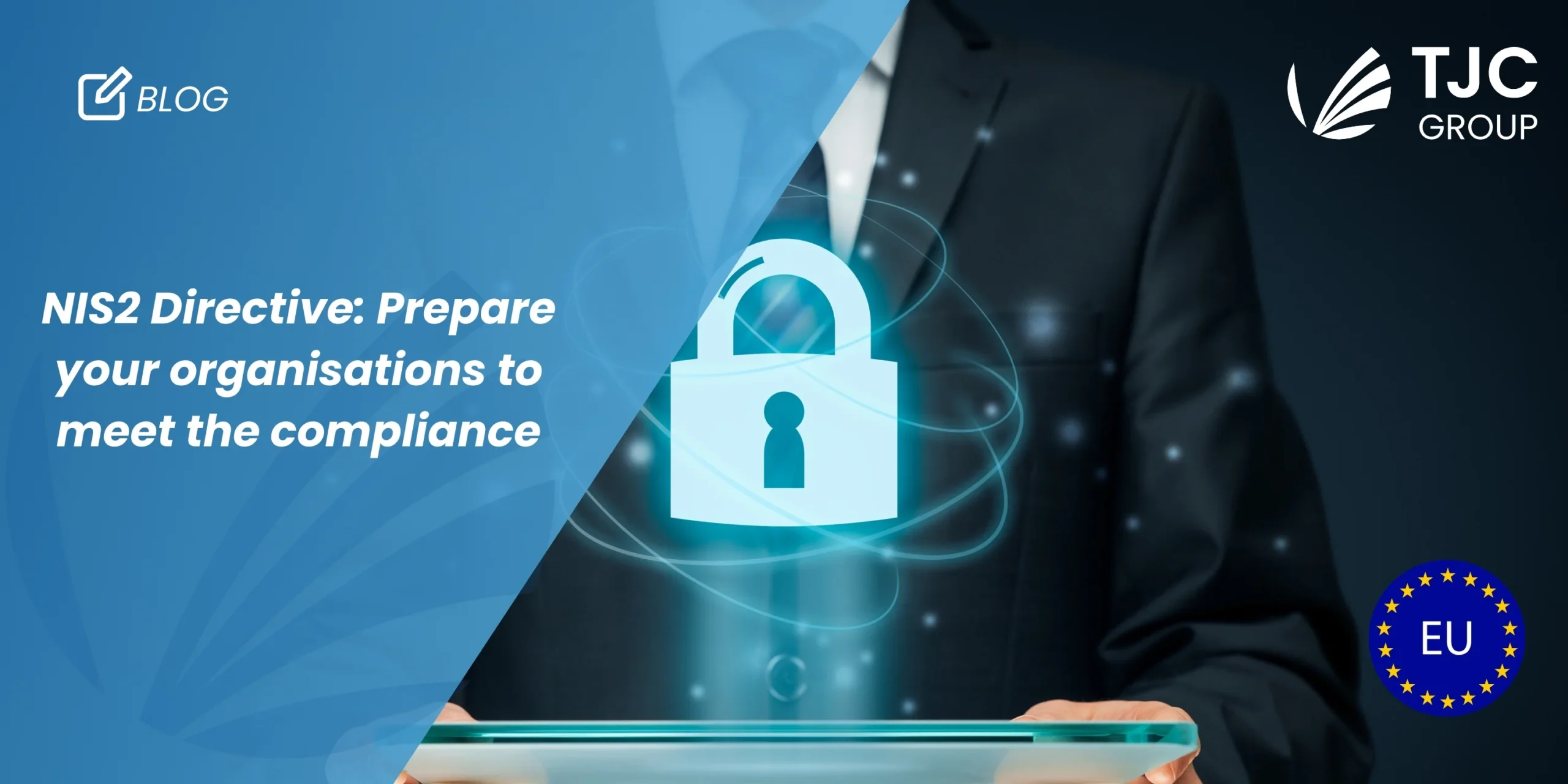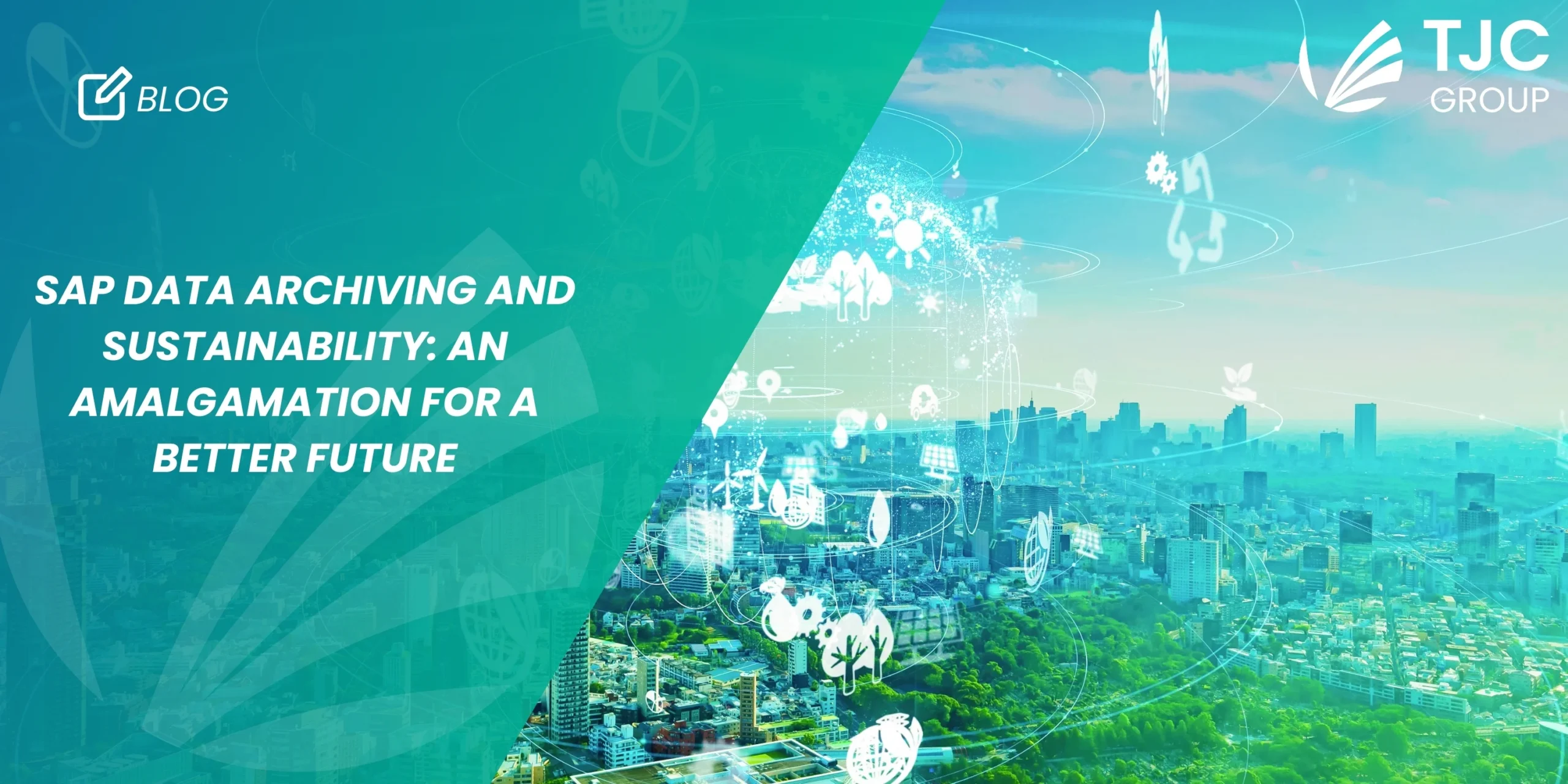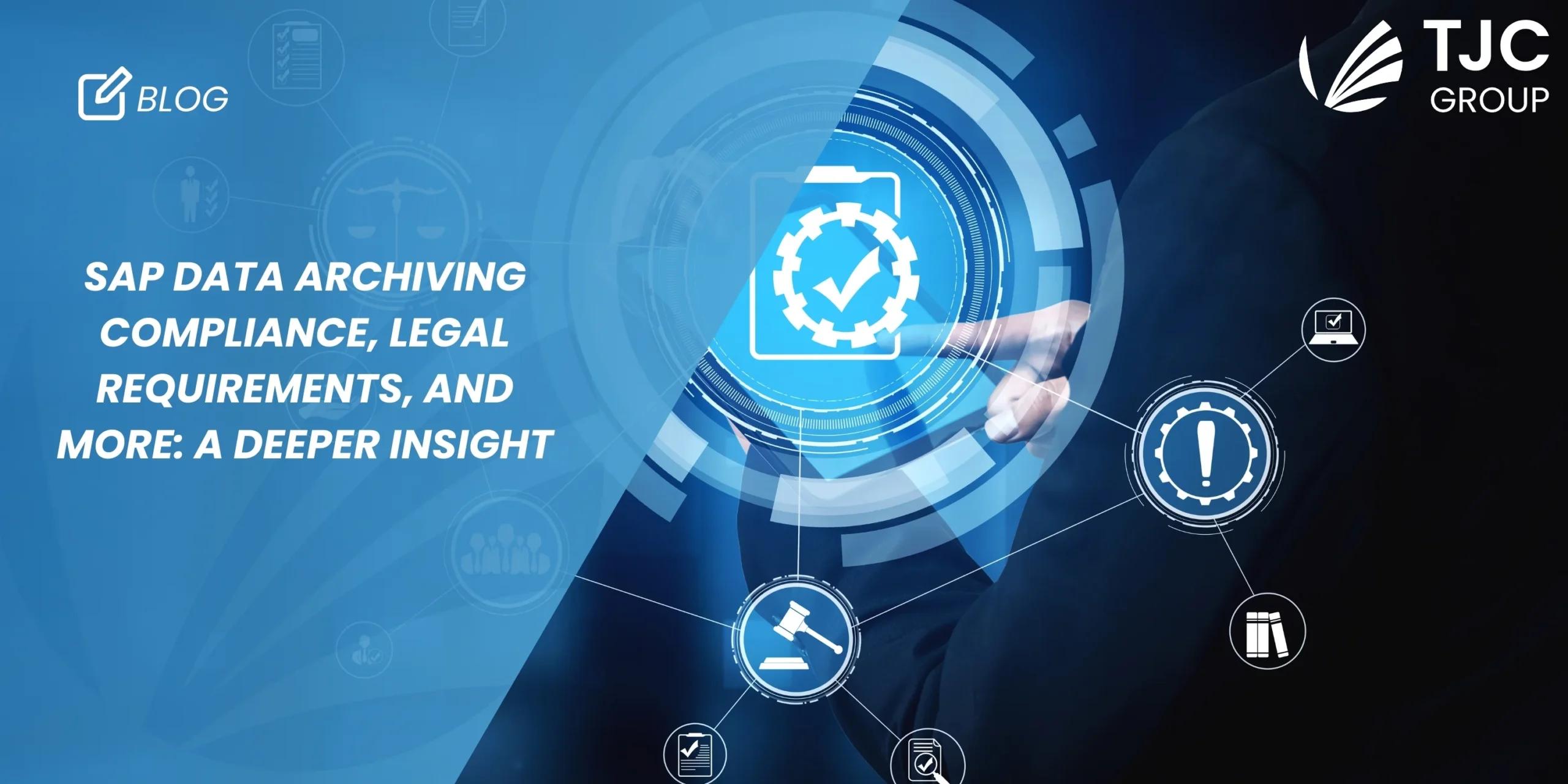Author: Priyasha Purkayastha, Global Content Manager, TJC Group
Time and again, we have spoken of data archiving as one of the most preferred and sought-after methods of managing data. This method not just curbs the overall cost of ownership but also offers optimised system performance, helps meet compliance requirements, achieve sustainability targets and more. But do you know how data archiving meets legal compliance or what is the role of Native Storage Extension (NSE) in archiving? To be fair, there are several aspects of archiving that one needs to be aware of. Therefore, in this blog, we are addressing the top SAP data archiving FAQs to give you in-depth yet quick insights.
Table of contents
- 8 commonly asked SAP data archiving questions
- Question 1: What is SAP data archiving?
- Question 2: Is there any specific technology used for SAP data archiving?
- Question 3: What are the different types of archiving?
- Question 4: What is the difference between data archiving and data destruction?
- Question 5: Why is data archiving necessary in SAP systems?
- Question 6: What are the top benefits of SAP data archiving?
- Question 7: Does SAP archiving offer quick troubleshooting in case of any system issues?
- Question 8: What role does SAP data archiving play in legal compliance and data privacy?
- 5 other SAP archiving questions that are often asked
- Question 9: How is data archiving performed in SAP S/4HANA?
- Question 10: What are the benefits of data archiving for S/4HANA migration?
- Question 11: What is the SAP HANA Native Storage Extension (NSE) in archiving?
- Question 12: How does the SAP HANA Native Storage Extension operate?
- Question 13: What are migration approaches and how does archiving comes into the picture?
- Final words
8 commonly asked SAP data archiving questions
Question 1: What is SAP data archiving?
Answer: SAP data archiving is a strategic approach that helps organisations with their overall data growth management. It is a secure process, enabling long-term data storage and retention and providing organisations a secured storage location for storing critical information. The data archived into the secondary storage are often required during audits. Furthermore, SAP data archiving optimises system performance, ensuring efficient use of the database resources within the IT environment. From streamlined implementation of the process to quick troubleshooting, SAP archiving is your go-to method for managing the ever-growing data.
Question 2: Is there any specific technology used for SAP data archiving?
Answer: While data archiving helps strike a balance between retaining the important historical data and maintaining a lean, highly performing IT landscape, there are technologies that support the process. In the world of SAP, the technology used for archiving data is the Archive Development Kit along with Archive Administration (transaction SARA). Having said that, in the non-SAP world, there are other technologies like Intermediate Archive implementations, which can be used for supporting the data archiving process.
Question 3: What are the different types of archiving?
Answer: This SAP data archiving FAQ is possibly the most interesting one, because, on contrary to the popular belief, there are three major types of archiving. They are – data archiving, document archiving, and fiscal archiving.
Data archiving: This type of archiving is undertaken for structure data, where, as mentioned above, we simply move your inactive or closed business data from the live system to a secondary storage. With data archiving, you have to set a process and strategy to reduce manual efforts and errors. Adding to this, you also have to ensure compliance with the established legal data retention requirements.
Document archiving: This type of archiving is used for unstructured data. Here, sales invoices, PDFs, word files, excel spreadsheets, and so on are archived. Document archiving happens in real-time, and it can be stored on any content server. However, you have to ensure that the link is kept active from the content server to your SAP systems for accessing the archived documents.
Fiscal archiving: One of the lesser known yet important types of archiving is fiscal archiving. In this, you have to regularly freeze the data i.e., it is kept in a frozen state for a defined period of time by archiving them. Fiscal archiving helps ensure that the quality of your audit report by enabling consistency of your original data.
Question 4: What is the difference between data archiving and data destruction?
Answer: Yet another commonly asked SAP archiving question, the difference between data archiving and data destruction is as follows:
With data archiving, you can reduce the size of your SAP database while keeping its growth optimised and minimum. On the other hand, data destruction using SAP ILM, is a standard method that helps destroy data for compliance with data privacy laws.
Data destruction helps with consistent and secure deletion of old data that shouldn’t exist in the system as per the compliance policies, whereas data archiving reduces memory growth when using in-memory database such as HANA.
Question 5: Why is data archiving necessary in SAP systems?
Answer: Like we have mentioned before, implementing and troubleshooting SAP archiving solutions happens to be a streamlined process; however, there are far more substantial reasons to why data archiving in SAP systems is a good choice. Here are some of the top ones –
- Overall reduction in cost – from operations to maintenance, and more.
- Leverage a reduced total cost of SAP ownership.
- Ensure data privacy and compliance with its laws globally.
- Have an enhanced, more effective system performance.
- Achieve your organisation’s sustainability targets seamlessly.
What’s even more interesting is that these reasons for data archiving in SAP systems are not limited to the production environment, but also to the non-production systems. The non-production systems are the ones that requires regular refreshing from the production for project and support purposes.
Question 6: What are the top benefits of SAP data archiving?
Answer: This is yet another common SAP data archiving FAQ. It is interesting to note that there are several benefits that data archiving offers to organisations; however, if we have to list the top ones, enabling the right-sized move to S/4HANA, reduced migration times, and quicker disaster recovery and business continuity are a few of them.
Read: https://www.tjc-group.com/blogs/6-reasons-to-embrace-regular-data-archiving-in-sap/
Question 7: Does SAP archiving offer quick troubleshooting in case of any system issues?
Answer: Not troubleshooting per se, but archiving does help in improving disaster recovery and business continuity. How? Well, with reduced size of the database and an optimised system performance, the ability to bounce back in an event of system failure becomes much quicker. Organisations can backup and restore their data seamlessly while minimising data loss and reducing downtime. This ability of quick troubleshooting is possibly SAP archiving’s top features.
Question 8: What role does SAP data archiving play in legal compliance and data privacy?
Answer: Note that personal data is all around us. From payslips, emails, contracts to health information, credit card, and more – almost everything contains personal data. Therefore, applying data privacy regulations becomes mandatory. However, data privacy laws differ from country to country, and implementing the laws can be a tough job. But data archiving can ease the process; all you have to do is identify personal data, define retention rules, and finally apply SAP ILM Retention Management, which is an evolution of the SAP data archiving technology.
5 other SAP archiving questions that are often asked
Question 9: How is data archiving performed in SAP S/4HANA?
Answer: For SAP S/4HANA, data archiving is performed with the archiving objects of the Archive Development Kit (ADK). It is important to keep in mind that archiving objects have at least one archiving program and one deletion program. Additionally, database tables belonging to the same business object such as, accounting documents, sales orders, etc., are combined for one of the archiving objects. For more information on data archiving in SAP S/4HANA, visit our blog: https://www.tjc-group.com/blogs/importance-of-sap-data-archiving-when-migrating-to-s-4hana/
Question 10: What are the benefits of data archiving for S/4HANA migration?
Answer: Other offering quick troubleshooting, SAP archiving offers a plethora of benefits pertaining to S/4HANA migration. A few of which are as follows:
- Limit the growth of the HANA database
- Smooth and seamless data migration journey from SAP ECC to S/4HANA
- Reduction in storage costs of the HANA database
- Helps stay on par with legal compliance
Learn more: https://www.tjc-group.com/blogs/all-you-need-to-know-about-sap-s-4hana-benefits-updates-and-data-management/
Question 11: What is the SAP HANA Native Storage Extension (NSE) in archiving?
Answer: One of the most important SAP archiving questions that you should be asking to your experts is about the SAP HANA Native Storage Extension (NSE). Simply put, SAP HANA Native Storage Extension is a native solution by SAP that helps manage the warm data store in SAP HANA. With the help of the NSE, you can facilitate the management of data, which are less-frequently accessed, without fully loading it into the memory. Additionally, the Native Storage Extension integrates a disk-based processing extension to SAP HANA’s in-memory column store.
Question 12: How does the SAP HANA Native Storage Extension operate?
Answer: It is interesting to note that the SAP HANA Native Storage Extension (NSE) is based on the temperature of the data. NSE classifies the data based on the access frequency at the query level for each column. Consequently, the SAP HANA NSE advisor categorises the data of the table into three different tiers of temperature – Hot, Warm, and Cold. Each of these tiers are loaded or unloaded into the memory in a different way, and in a dedicated buffer cache i.e., SAP NOTE 2799997. After analysis of the data, the database administrator decides whether to put NSE for a table, an individual column, or a table partition. One of the most amazing advantages of implementing NSE is that it can be undone easily if not required.
Question 13: What are migration approaches and how does archiving comes into the picture?
Answer: An SAP data archiving FAQ that often pops up when planning for migration to S/4HANA are the different approaches that one can opt for. Basically, there are three migration approaches, namely, the Brownfield Approach, the Bluefield Approach, and the Greenfield Approach. You can learn more about the approaches here: https://www.tjc-group.com/blogs/sap-data-archiving-everything-you-need-to-know-benefits-processes-and-more/
Coming to the second part of the SAP archiving question, having an effective data archiving solution helps in a more streamlined migration process. It helps organisations curb the scope, complexity, duration, and long-term cost of ownership while providing savings on any future hardware needs, HANA memory needs, and licensing costs.
Final words
Data archiving is truly one of the best approaches to managing data growth, leveraging its plethora of benefits like better system efficiency, reduced costs, and more. However, implementing archiving solutions can be tricky, and having a helping hand in such a situation comes in handy. TJC Group comes with an experience of 25+ years in data archiving and overall management of your data for migration, and more. You can connect with us here to get more insights from our experts.
While these are some of the most sought-after SAP data archiving FAQs that we have addressed, stay tuned for more blogs to learn more about archiving.


